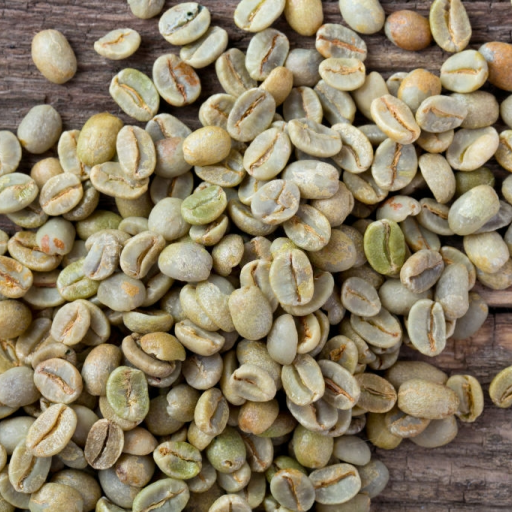
Coffee Processing: What is it and what types are there?
Share

Coffee processing is what happens between the coffee cherry being picked and the green coffee bean ready to be roasted. It’s not talked about as much as it should be, since it is one of the parts of coffee growing that takes the most effort, the most hands, and has a lasting -and often irreversible- effect on taste and aroma.
But to get a better sense of what happens before processing, you should know that nowadays, most of the world’s coffee is handpicked. Since coffee cherries don’t ripen all at the same time, you need a pair of expert eyes that know which cherries are ready to pick and which of them aren’t. People picking coffee cherries can pick upwards of 200 lbs a day.
Handpicking is synonymous with quality because no unripe or (god forbid) green cherries are ever processed. There are, however, methods in which all cherries are stripped off at once by a machine. This method is not ideal.
Once the cherries are picked, we begin processing them. There are two types of processing:

Photo by: Savaya Coffee Market
Natural or Dry Process
After picking, the cherries are then taken to an open space where there is absolutely no shade at all. It is then either placed on cement or a similar surface - in specialized or bigger farms, this is done on raised beds (also called African beds) which are elevated and have perforations so that the cherries are well-ventilated, accelerating drying time. At night, the cherries are covered.
The natural process is by far the most popular one. It doesn’t need any type of machinery and it yields better results in the cup. This method lets the flavor really develop during this time it spends drying, so the resulting aroma and taste of the bean is superior to the other type of processing.
This is not to say the second type of processing doesn’t have its own advantages:
Washed or Wet Process
This method was invented for places where it is not really an option to leave the cherries out in the sun because there is either no sun, no space, or it’s either too hot or cold outside. It’s a great alternative for those that can’t risk leaving their cherries outside and risk compromising the quality of the flavor. This method, while not as ideal as the previous one, conserves a lot of the flavor of the bean.
The wet process works by separating the bean from the cherry before any type of drying has taken place. The seeds are then placed in water tanks to loosen up all the remaining fruit pulp that might still be adhered to the seeds. They are then washed and placed inside of special tanks where they dry away from any type of light. During this process, a small amount of fermentation might occur, bringing out a lot of flavor and aroma.
There are three variations of the wet process:
-
Honey Process

This is much like a middle ground between the dry and the wet process.
For removing the skin and pulp, some water is used, but it is not as intensive a process as the wet process. It can be done by hand and -in being less forceful when removing the pulp- a very small layer of fruit remains on the bean. This layer is called the Honey, or the mucilage.
Though removed later on, the fact that this layer remains for longer on our coffee beans transforms the taste, and aroma, of the resulting coffee.
-
Eco-pulped
In the early stages of Eco-pulping, it was done entirely by hand and employing no water at all. This, however, is very expensive and not good for farmers or us consumers, which is why today Eco-pulping is done using some water, although a lot of it is recycled.
Eco-pulping is a much greener alternative to the classic wet process, which wastes a lot of water in the washing of the beans.
-
Wet Hulling
This method, unique to Indonesia, which is much like that of the classical wet process. However, with wet hulling, the cherries are processed through a semi-automatic device after picking to separate fruit from bean as much as possible. The beans are then taken to water tanks, where they are left to ferment a little bit.
Once they have fermented, they are taken out to dry--- but instead of being thorough, the beans are only dried halfway. This produces a lot of changes in the flavor of our coffee, mainly toning down acidity. Wet-hulled coffee has very low acidity and a rich body.
Processing of coffee beans is not usually a hot topic even among the most die-hard of coffee lovers, though it does have a certain impact on taste. The only time you should be very picky about this is when you’re using specialty or single-origin coffee; the wet process wouldn’t do justice with these types of coffee, so be sure you’re getting the good stuff - dry processed!
